The work of some of Denmark’s best designers and craft makers was presented in Milan last week in a fascinating exhibition that explored the theme of time.
Judging by the number of mesmerised attendees (myself included), the Danish Arts Foundation’s annual Milan Design Week exhibition Mindcraft was a huge success this year. Danish designer Henrik Vibskov curated the 2017 show, which was staged in a most apt setting: the cloister of the old monastery San Simpliciano.
The rhythm of time is central to life at a monastery, and this is what inspired the theme of the exhibition. Unique works by 18 designers and makers were created specially for the show. They were asked to address and interpret a specific time span or time of day with their contributions, to explore what makes us tick and how time affects the creative process.
The exhibited works were presented amidst a field of abstract textile forms (sponsored by Kvadrat) and ranged from furniture to silver, textile and ceramics. Some pieces were functional; others were poetic. Textile Sigh of artist Isabel Berglund’s Spinning Time Machine, for example, was imagined as a hybrid: part industrial machine, part traditional spinning wheel and part time machine. It offers a visible representation of time through spun yarn.
Starting All Over Again, 00:00:00 by Marianne Eriksen Scott-Hansen, is a series of three large paper flowers that seem to have grown naturally over time, roots and all. 1. Time Space, 2. Speed, 3. Sigh of Ease by Yuki Ferdinandsen consists of vessels of sterling silver that have been hand worked using the ancient Japanese artisanal arare technique to achieve a textured surface.
The Bricks of Time shelving by MBADV incorporates ceramic elements produced using an old extrusion machine that was once used to manufacture traditional bricks. And with the body-like textile sculptures Moments Of, Laerk Valum explored how we attempt to control time by slicing our days into appointments and obligations – yet we become captives to time in the process, wearing a sense of urgency like a second skin.
Other works explored themes and techniques such as glass blowing and the emergence of pattern (Five-Part Black Twill Collection by Tobias Mohl), the threshold between night and day (Sun Bed by Eske Rex and Maria Mengel), and spontaneous mash-up ceramic-making processes (You Filthy Tart by Pernille Pontoppidan Pedersen).
INDESIGN is on instagram
Follow @indesignlive
A searchable and comprehensive guide for specifying leading products and their suppliers
Keep up to date with the latest and greatest from our industry BFF's!

The undeniable thread connecting Herman Miller and Knoll’s design legacies across the decades now finds its profound physical embodiment at MillerKnoll’s new Design Yard Archives.

London-based design duo Raw Edges have joined forces with Established & Sons and Tongue & Groove to introduce Wall to Wall – a hand-stained, “living collection” that transforms parquet flooring into a canvas of colour, pattern, and possibility.
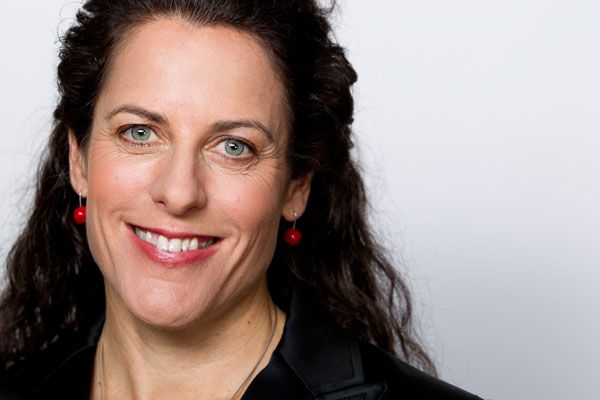
Romilly Madew, Chief Executive Officer of the Green Building Council of Australia (GBCA), has been honoured with a International Leadership Award.
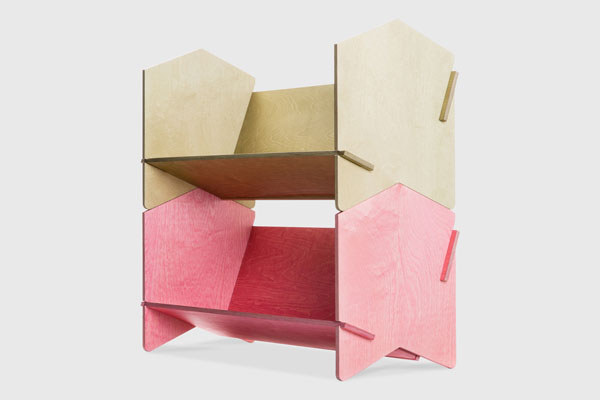
NOMI and renowned designer Henry Wilson have launched the much anticipated Chevron Shelves.
Respected brand designer Alex Ritchie will be presenting at Living Edge, Sydney.
The State of Design 2009 website has launched. It’s the place to go for all the info on the range of programs being held at Victoria’s State of Design Festival, from the 15 – 25 July. The new site includes a daily events calendar, as well as details on the Design Capital, Design For Everyone […]
The internet never sleeps! Here's the stuff you might have missed
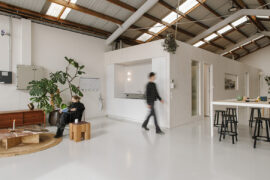
Kiri Morgan, Director at Nightworks Studio, talks to us about the New Zealand practice’s very own new production space at Lawson St.
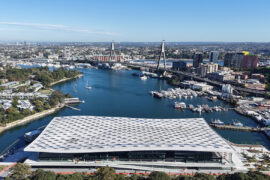
With a date now set for January 2026, Sydney’s landmark project is taking shape as a significant and welcome addition to civic life in the city.
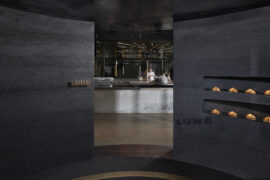
Cieran Murphy has been awarded The Photographer – Commercial at the INDE.Awards 2025. His work on Lune Rosebery captures the immersive design and storytelling of the space, highlighting the interplay of form, material and atmosphere in this contemporary culinary destination.